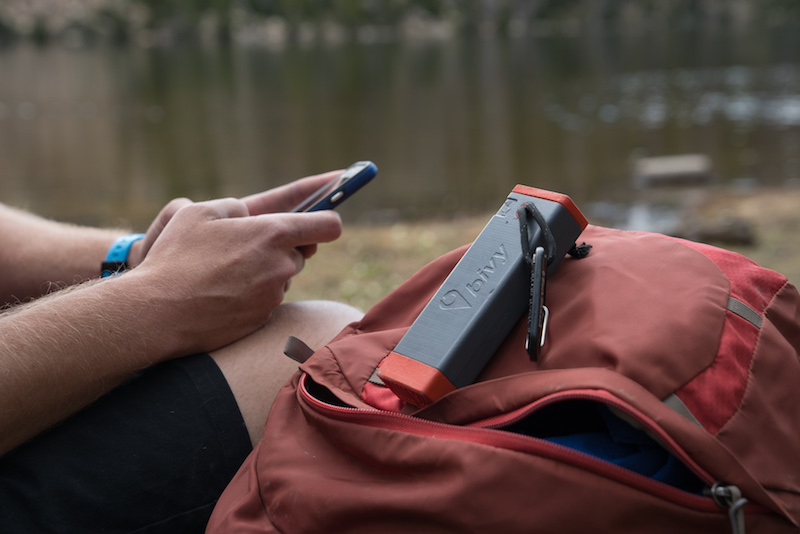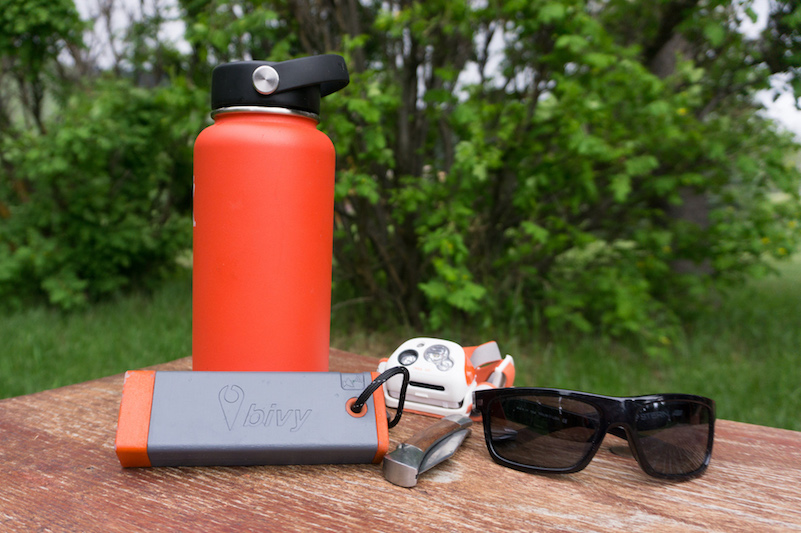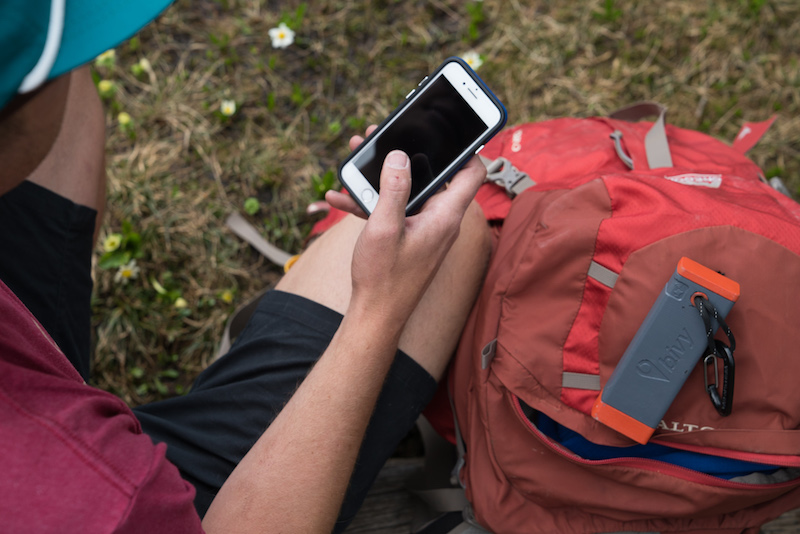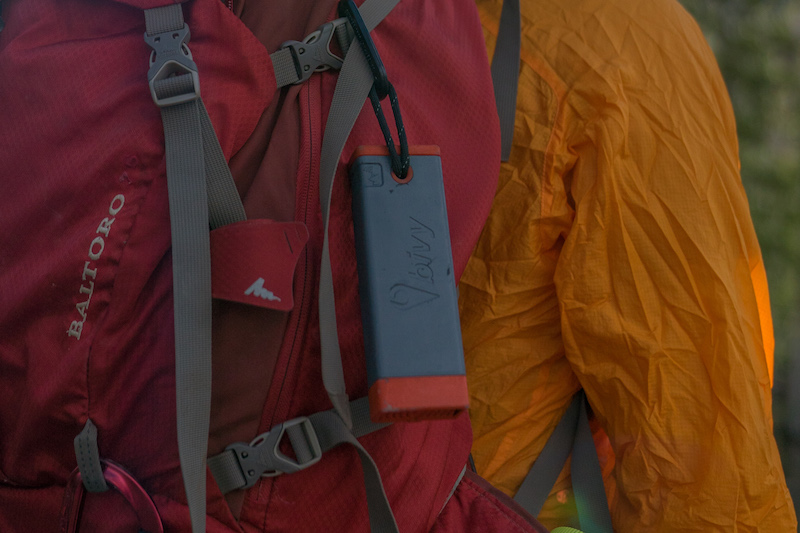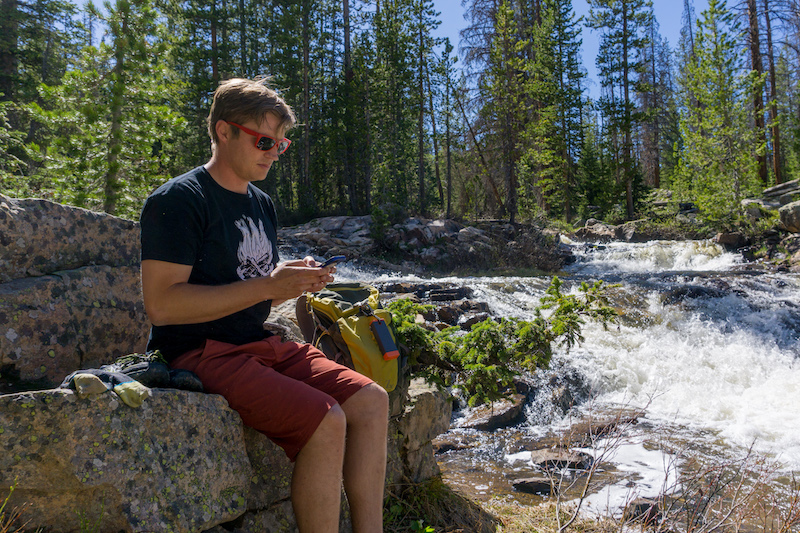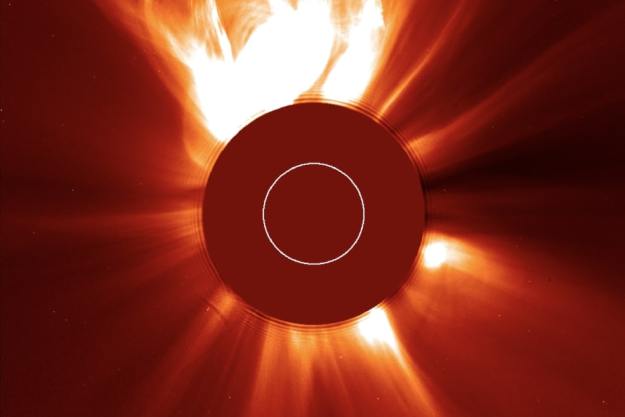Bivy is a website designed to help its users get outside and explore more of the remote corners of our planet. Of course, that often means wandering away from places that have modern conveniences such as a robust cell phone network that can keep you in touch with friends and family at all times. But never fear; if being out of contact sounds a bit scary, Bivy is here to help with that. The site is introducing a new device that can keep you connected with those back home, even when you’re living way off the grid.
The Bivystick is a satellite communicator that allows users to send text messages, GPS coordinates, and social media updates from virtually anywhere on the planet. The device pairs with a smartphone via Bluetooth and uses the Iridium satellite network to send and receive messages and data. That network offers 100 percent coverage of the Earth’s surface, meaning users should have a connection, even if they’re visiting the North and South Pole, or sailing across an ocean.
In addition to providing messaging capabilities, the Bivystick will make it easy for others to track the user’s whereabouts at any given time. The device can also receive detailed weather alerts and forecasts, while also providing the ability to send out an SOS signal should an emergency situation arise. It’s 6,000 mAh battery pack is enough to keep it running for days, but the Bivystick also features a USB port to help keep your phone charged, too.

All of the features and functionality of the Bivystick are accessed through the Bivy app (iOS/Android), which comes fully loaded with more than 40,000 trails, climbing routes, and waterways to explore. Detailed offline maps eliminate the need for carrying a separate GPS device as well, and the device won’t require a commitment or ongoing service plan to operate. Instead, Bivy will sell users “credits” on an as-needed basis. Want to send a text message? It will cost you a credit. Need to share your location? That’s a credit too. While that could potentially add up quickly, in theory, it should be far less expensive than paying for a subscription plan that you rarely need. Twenty credits will set you back $18.
The Bivystick just launched on Kickstarter and the goal is to raise $35,000 to get the satellite communicator into production. If successful, it should go on sale in September for $299. Early bird supporters can reserve one now at a nominal discount, however, it is important to know the risks that come with any crowdfunding campaign.
Editors' Recommendations
- How two companies are using satellites to change how you text
- This cool gadget adds emergency satellite messaging to any smartphone
- Apple users can now use Emergency SOS via satellite on iPhone 14
- Researchers use satellites to track ocean microplastics from space
- A new use for satellites: Counting elephants from orbit
